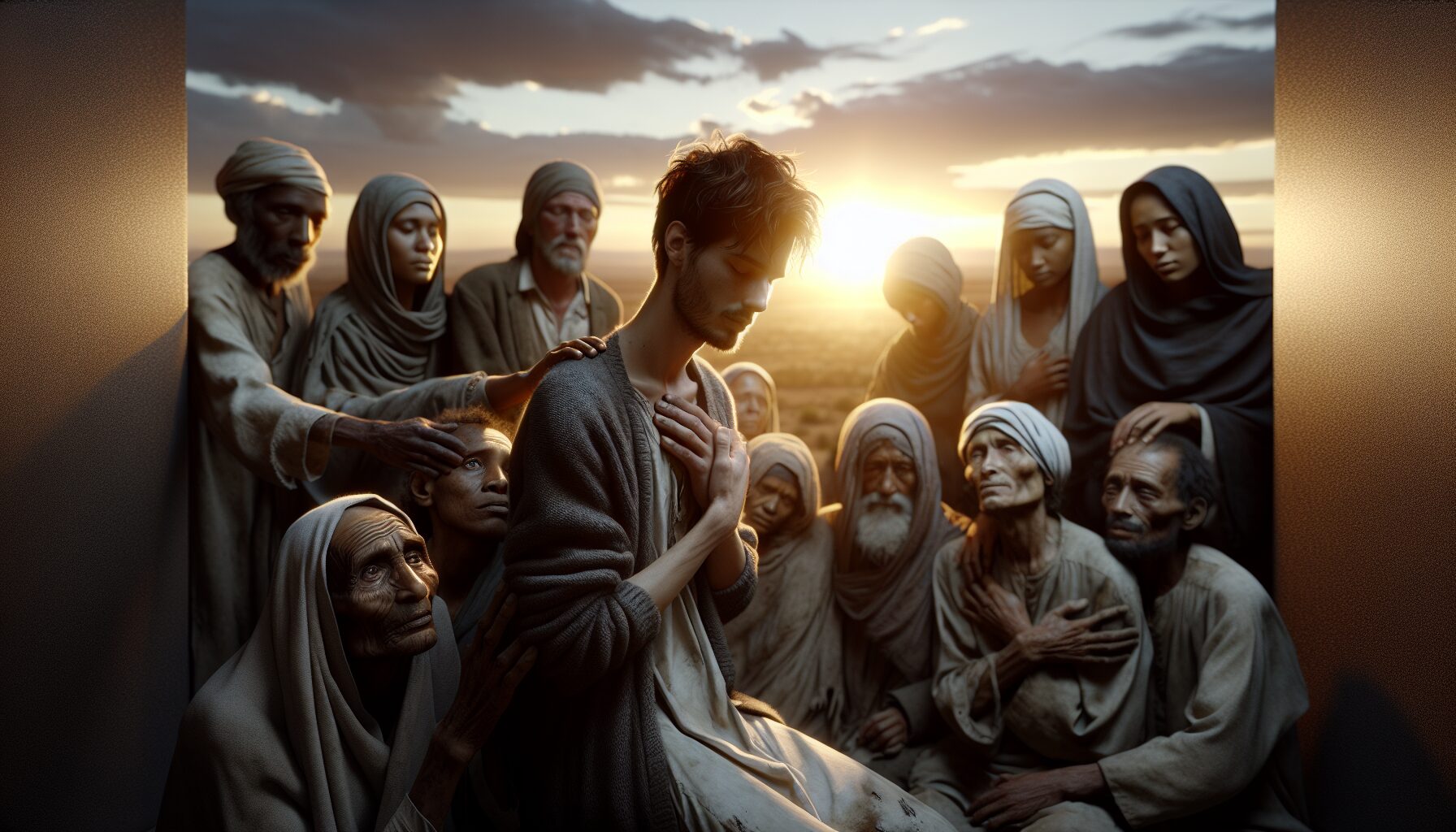In the tapestry of human experience, the juxtaposition of imperfection and redemption weaves a story as old as time itself. This narrative manifests itself in the everyday lives of individuals who, despite their flaws, find themselves enveloped by an extraordinary grace. This article delves into the concept of brokenness and the transformative power of grace that emerges from it.
Understanding Brokenness
Brokenness, in its most raw form, refers to the state of being damaged or shattered. However, when applied to human experience, it represents much more than physical harm. It encompasses emotional pain, spiritual crises, and psychological struggles. These challenges often surface due to personal failures, traumatic events, or the simple passage of time.
- Emotional Brokenness: This type often stems from heartbreak, loss, or betrayal. It leaves individuals feeling vulnerable and insecure.
- Spiritual Brokenness: Many experience this through a crisis of faith or connection to something greater than themselves. It often leads to existential questioning.
- Psychological Brokenness: This involves mental health issues such as anxiety, depression, or PTSD that affect a person’s capacity to function.
Grace Defined
Grace, as defined in many theologies, is the unmerited favor or love bestowed upon humans by the divine. It exists beyond fairness and justice, offering love and redemption where they might otherwise be absent. The concept extends into secular thought as well, representing a state of kindness and mercy that permeates human interactions and experiences.
“Grace is the face that love wears when it meets imperfection.” ― Joseph R. Cooke
The Interplay of Brokenness and Grace
The intersection where brokenness meets grace is often where the most profound transformations occur. Stories from various cultures and religions highlight this dynamic, illustrating how grace can provide healing and hope to the broken-hearted.
- Religious Narratives: Many religions recount tales of flawed individuals who, despite their failures, find redemption. The biblical story of King David, a man who committed grave sins but was ultimately forgiven and used by God, serves as a powerful example.
- Cultural Legends: Myths and folklore around the world often speak of heroes who, through grace, overcome great personal shortcomings to achieve greatness.
Everyday Examples of Grace
Beyond grand narratives, grace infiltrates everyday life. Whether in personal relationships, community dynamics, or internal dialogues, the presence of grace can be transformative.
- In Relationships: Forgiveness between partners, friends, or family members acts as a conduit for grace. By choosing to look beyond imperfections, individuals create space for healing and reconciliation.
- In Communities: Grace also manifests in acts of kindness and compassion, helping maintain bonds and nurturing environments where broken individuals can heal.
- Internal Grace: Self-compassion is a form of grace often overlooked. Embracing one’s own brokenness with kindness is a crucial step towards personal growth and fulfillment.
“We are all broken, that’s how the light gets in.” ― Ernest Hemingway
The Healing Path Through Grace
Grace provides not only comfort but also a path to restoration. It allows individuals to confront their brokenness without shame and move towards healing. This process is influenced by several key factors:
- Acceptance: Recognizing and accepting one’s brokenness is the first step. Denial only prolongs pain.
- Forgiveness: Letting go of grudges and forgiving both oneself and others aids in healing.
- Transformation: Embracing change and committing to positive growth creates a life where grace is not just received but also extended to others.
The Role of Community
No one heals in isolation. Communal spaces can foster grace through support networks, counseling, and shared experiences. A community that encourages vulnerability and authenticity creates fertile ground for grace to take root.
“Grace means that all of your mistakes now serve a purpose instead of serving shame.” ― Brene Brown
Grace in Action: Real-Life Stories
Individuals who have experienced profound brokenness and found grace often share stories of transformation that inspire others. Consider Aaron Stark, whose story caught national attention. Once a troubled youth spiraling into despair, Stark’s life was transformed by a simple act of kindness. He shared in a TED Talk how a friend’s caring gesture saved his life and led him to embrace grace over vengeance.
Concluding Thoughts
The journey from brokenness to grace is deeply personal yet universally relatable. It urges individuals to see mistakes as stepping stones rather than stumbling blocks. By embracing brokenness and seeking grace, one can find beauty not just in the process of healing but also in the path it carves through life’s meandering journey.
In the end, the relationship between broken people and beautiful grace is symbiotic, a testament to the resilience of the human spirit and the endless capacity for love and forgiveness.
As you move forward, remember that it is often within the cracks of our lives that grace shines the brightest, revealing the beauty beneath the surface.
